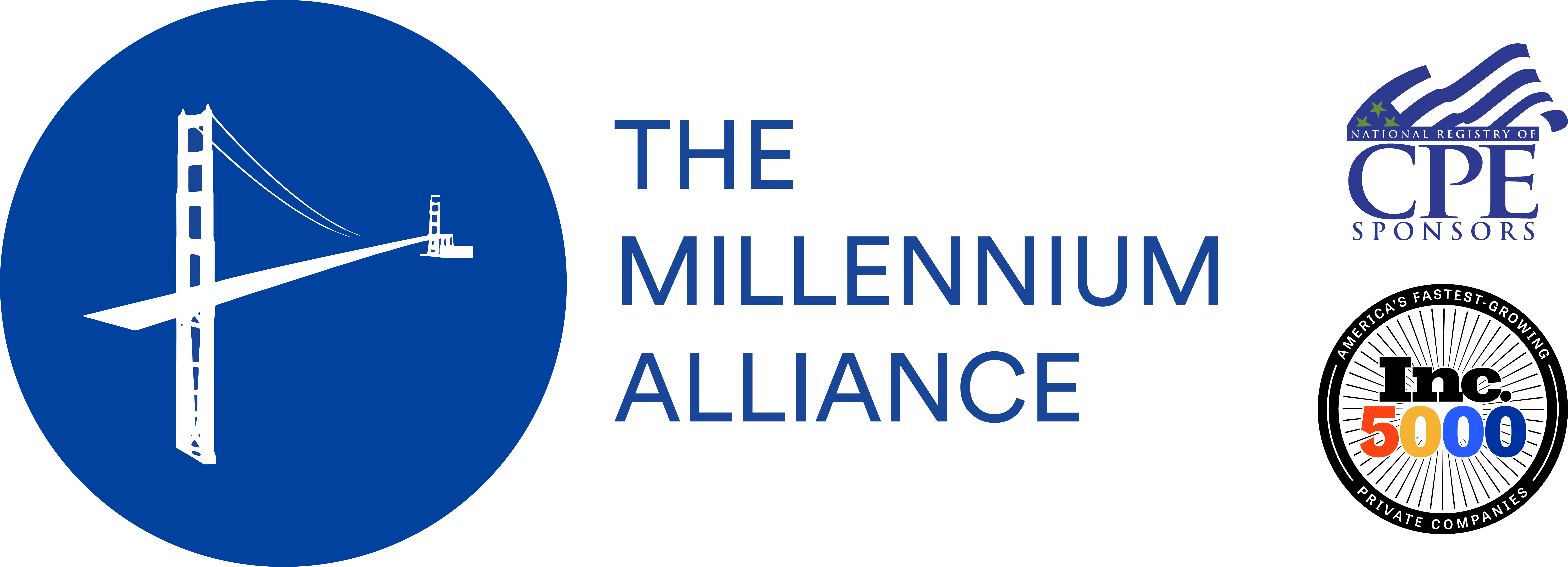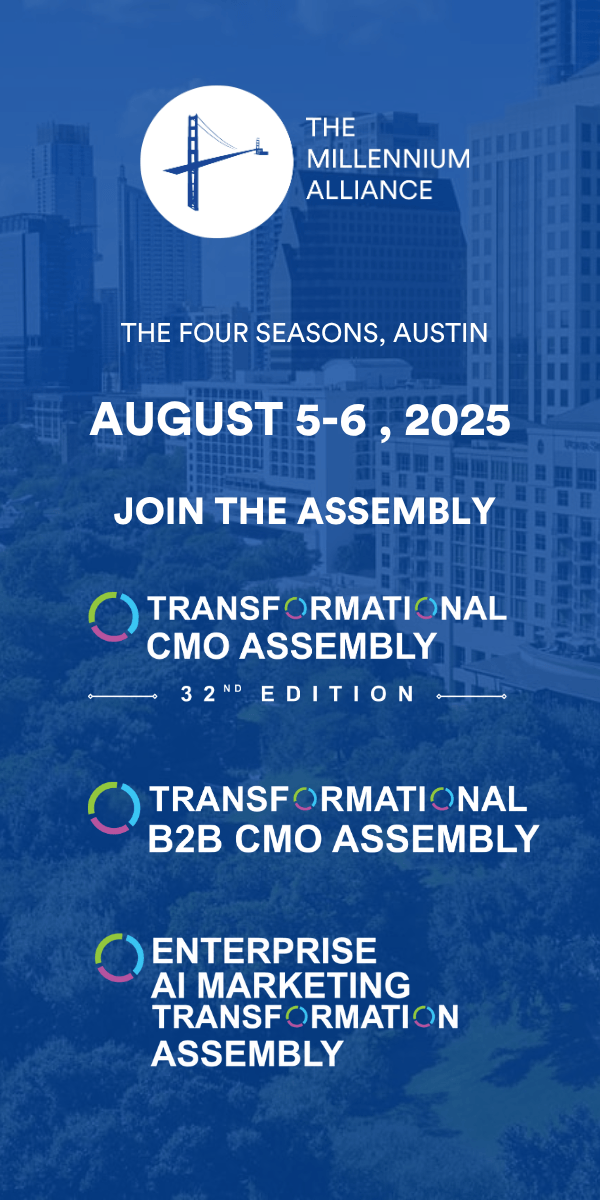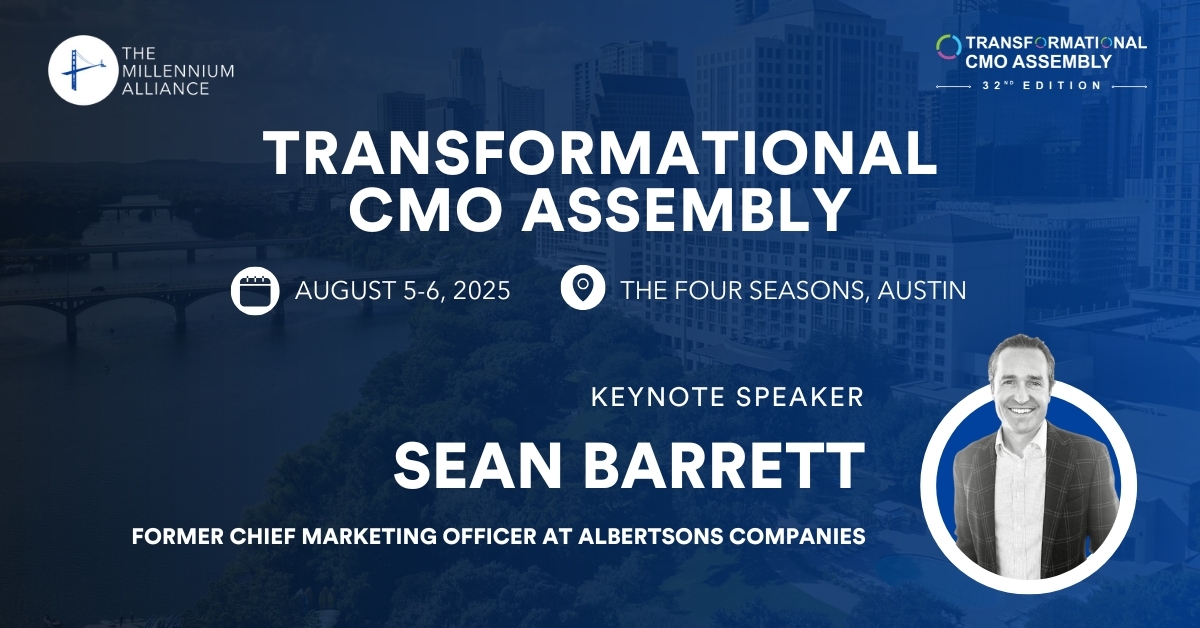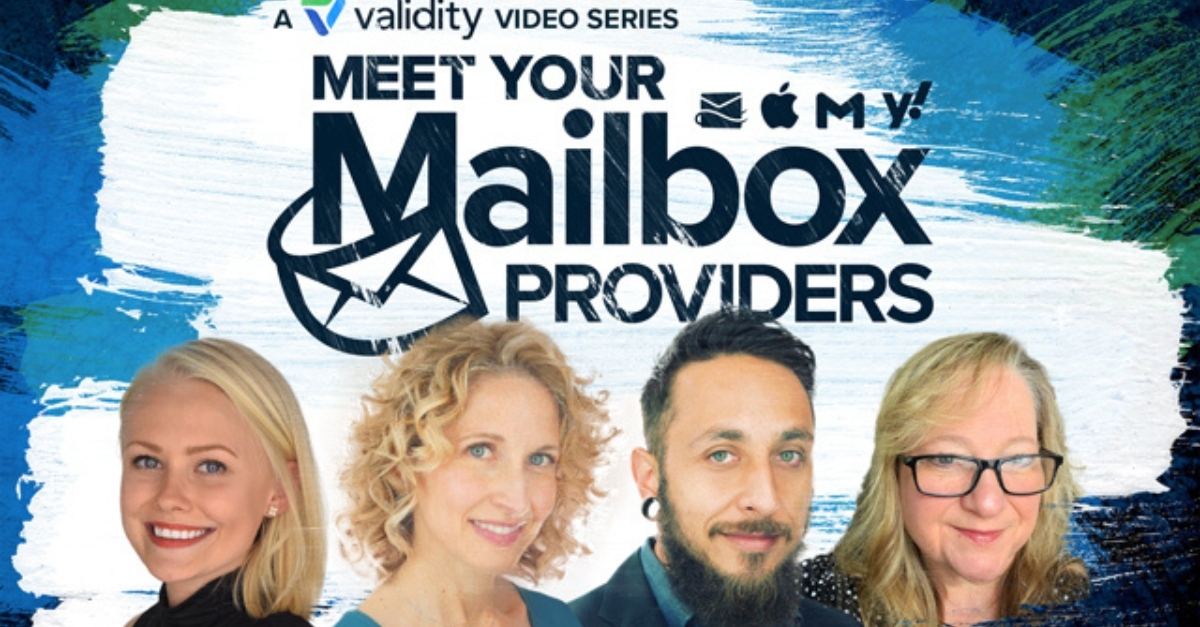As originally posted on KelloggInsight by The Millennium Alliance Thought Leader, Nicholas Caffentzis.
Delivering a distinctive customer experience starts with a focus on customer needs and wants, as well as an anticipation of problems customers may not even know they have. That focus is difficult enough with individual customers, each with their own desires or problems.
But this calculus is even tougher when the customer isn’t an individual, but another business. What happens when your customer-experience focus has to account for a complex ecosystem with multiple stakeholders who often have competing concerns?
“While B2B business leaders say customer experience is a top priority, most organizations lack the feedback tools, metrics, and processes to deliver a differentiated experience,” says Nick Caffentzis, a former chief marketing officer of GE Healthcare Digital, a business unit of GE that sells software and services to hospitals.
For businesses that provide software or new technologies that have yet to be proven in the market, the task of trying to convince buyers to get on board gets even more complex.
Based on his decades in marketing and product management, Caffentzis, a senior fellow and adjunct professor in Kellogg’s Markets and Customers initiative, offers four keys to help B2B tech companies improve customer experiences and outcomes.
Start with Your Customers’ Most Critical Issues
Product development in B2B raises the perennial chicken-or-egg question: should you develop a product that you think solves a problem and then find an industry application for it, or should you identify your customers’ most critical issues and develop products to help them solve those issues?
Caffentzis recently surveyed marketing and product leaders from twenty businesses in the medical-technology industry about their new product launches.
These B2B companies, which sell devices, software, services, and consulting to hospital systems and healthcare providers, found that when they developed a tool and then sought an application for it with their customers, those customers were less likely to adopt that technology—and were slower to adopt it if they did.
Complicating this is the fact that buying groups in most organizations have expanded beyond the product or service users to include financial and operational decision makers. In some cases, new stakeholders who have never been involved in the purchase process are being asked to weigh in, often with competing priorities about the buying decision.
What Caffentzis and his colleagues found is that B2B companies are generally most successful when they gain an understanding of a specific customers’ most pressing issues and needs from the outset, determine that the problem is important enough that the customer will commit to a solution, and from there design solutions that will gain consensus across the customer’s buying group.
For example, a software company that sells to the oncology market worked with its customer to identify their most critical issue. Initially, the customer thought they needed to improve the efficiency of the dosimetrist who ensures the proper radiation dosage, which would save them about $40,000 per year. As the software company’s team probed further into the customer’s process, they identified a bigger problem— that the company was not able to to re-plan patients’ treatments—which was costing the them more than $300,000 per year.
“It’s listening for what they say and don’t say their problem is,” Caffentzis says. “Pay attention to why your customers say they haven’t been able to solve a particular problem. Have your team watch people across their organization work to really understand their workflow and what they are trying to get done.”
“Pay attention to why your customers say they haven’t been able to solve a particular problem.”
This process should include gathering input from all the key stakeholders in your customer’s organization. It also includes sharing this information throughout your own organization.
Make Customer Outcomes Your Focus
Designing for a customer’s needs is a first step in making B2B products that satisfy customers. But ultimately you need to convince a client—with all of its various stakeholders—that the solution they implement is effective. This will be critical for your company as you look to build broader awareness in the marketplace, generate new leads to grow your business, and arm your sales team with a differentiated value proposition.
The key is to ensure that you and your customers can quantify specifically how your product is delivering value for them. This may seem simple, but in the survey Caffentzis conducted, very few companies indicated that they incorporate customer-success metrics as part of their product-development and commercial-launch processes. Instead, most simply measure whether they are hitting their own sales forecasts or margin targets.
“We were really surprised at how many companies overlooked this step,” Caffentzis says. “You really have to understand your clients’ processes and how things improve for them, as opposed to taking an attitude of, ‘I sold you a widget. It’s up to you to see how that widget works for you.’”
Caffentzis recommends involving the client when deciding which metrics should determine success—a process that should ideally begin before your new product is even up and running.
“You’ve got to take the time to create a baseline—if it doesn’t exist—and collect and organize the data on what’s going on now,” he says. “Then you have to work to get agreement with the client on what data to collect to establish the key metrics going forward. One benefit of these discussions is that it helps align all the key stakeholders around the problem being solved and how they will be satisfied.”
Caffentzis cautions that this process can be especially involved and time-consuming—it can take six months or more—for more complex customer organizations. However, once it is completed, the data help in creating compelling content to support awareness, pipeline generation, and sales enablement to drive new business.
For example, as part of its commercial process, Salesforce measures and shares with its clients how effectively those clients are using its platform. These analytics are built into the Salesforce platform, so that Salesforce representatives have them at their fingertips even before customers ask. Armed with these data, Salesforce can make proactive recommendations to help its clients use the system more effectively.
“Salesforce can literally go into its own platform and see both what its customers are doing and how Salesforce is doing,” Caffentzis says. “They have built the telemetry where they can see how often the salespeople from a company have logged into the system over a given time.”
Prioritizing measurability also serves clients who are looking to pay for new technologies as an ongoing service rather than as an upfront capital expenditure. Billing for a technology by use—or as it generates results—helps those clients align costs with outcomes and minimize risk. But rolling those technologies out as services requires accurate analytics so that both companies can assess the risks.
Focus on People, Processes, and Technology
So you have delivered the product to your client and have even agreed on how its performance will be evaluated. It is not time to celebrate yet. These days, B2B customers are looking for vendors to take a more proactive role in driving both adoption and implementation.
“One common way B2B companies fall short in delivering a great experience is by failing to help sort through the unanticipated changes that accompany the new solution,” Caffentzis says.
Caffentzis highlights as an example a health system that bought a GE Healthcare digital X-Ray system.
“One of their executives told me that the technology was working great and they could image patients faster than they did before,” says Caffentzis. “But they weren’t able to take advantage of that increased speed because of their processes.”
So GE Healthcare worked closely with them to identify necessary changes in their scheduling process, reorganize the department’s workflow, and provide training on the new equipment and new processes.
Don’t Forget to Look in the Mirror
But for B2B tech companies, helping clients get the most out of new technology requires significant resources on their end, too—both in infrastructure and in training. So as they develop a process for helping their clients, they shouldn’t forget to do the same for their own organization.
Caffentzis’s survey found that B2B companies are underinvesting in the tools and processes needed to capture customer usage information. They are also failing to establish processes to consistently gather customer feedback.
Once systems are in place to gather and store data, companies need to enable multiple users to readily access those data, all while providing their own teams with the analytic skills to interpret the data to help improve the customer experience.
Caffentzis explains that Salesforce, for example, has been able to deliver strong customer experiences because it built the infrastructure to gather and access the right data to help its customers, and, through training and hiring, developed the analytic capacity to put those data to use for its customers and Salesforce itself.
“B2B companies need to invest in systems to gather and store data and then analyze it to provide actionable insights for their customers. This is the final step in helping customers achieve successful outcomes and delivering a differentiated customer experience.”














